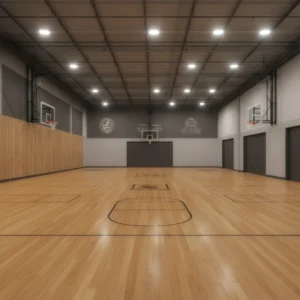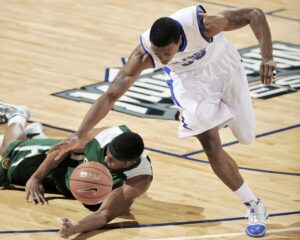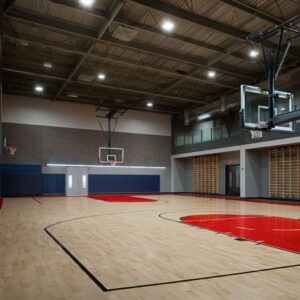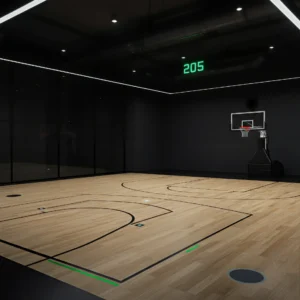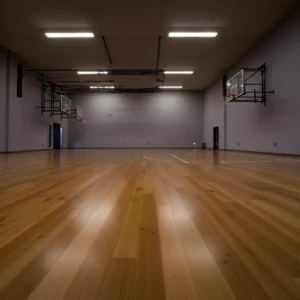Pickleball is having a moment, and it’s not just among retirees or recreational players—it’s sweeping through schools, sparking excitement among kids and transforming physical education programs. This fast-paced, easy-to-learn sport is quickly becoming a favorite in gym classes, after-school clubs, and even competitive sports programs. But why is pickleball gaining so much traction in schools? What makes it the perfect sport for students? We’re here to explore the why, the how, and the benefits of integrating pickleball in schools.
Whether you’re a P.E. teacher, school administrator, or parent, read on to discover how this growing sport can add fun, fitness, and community-building opportunities to your school environment.
The Rise of Pickleball
What is Pickleball, and Where Did It Begin?
Pickleball, a blend of tennis, badminton, and ping-pong, was invented in 1965 by Joel Pritchard, Bill Bell, and Barney McCallum in Washington State. Originally a backyard game, pickleball was designed to be simple, using a combination of a wiffle ball, a paddle, and a makeshift net. Its unique combination of skills and low equipment requirements quickly made it a hit with families.
Fast forward to today, and pickleball has evolved into a globally recognized sport with dedicated courts, a professional league, and millions of players. Over the past five years, it has seen a remarkable rise in popularity, doubling in participation numbers to an estimated 4.8 million players in the U.S. alone, according to USA Pickleball.
Schools are now recognizing the potential of pickleball to engage students, promote fitness, and revitalize P.E. programs.
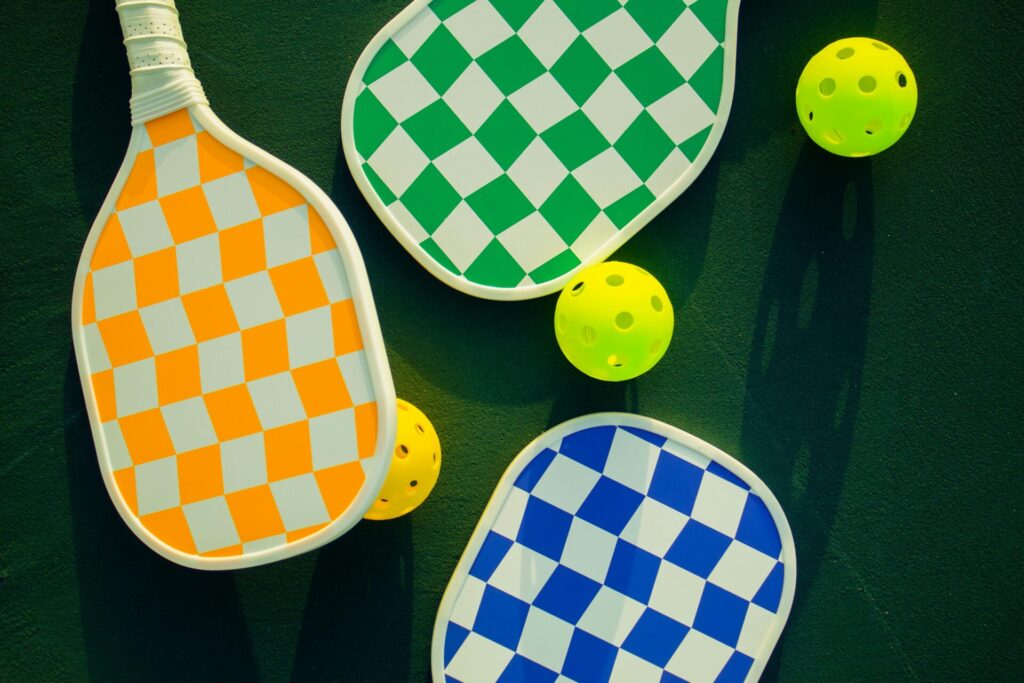
Benefits of Pickleball for Students
Integrating pickleball in schools isn’t just about following a trend—it brings along a host of advantages for students of varying ages and ability levels. Here’s why it’s becoming a go-to option for physical education:
1. Physical Benefits
- Improved Cardio Fitness: Pickleball involves consistent movement, keeping students active and improving cardiovascular health.
- Enhanced Coordination: With activities that require hand-eye coordination, reflexes, and balance, the sport sharpens overall motor skills.
- Appropriate for All Fitness Levels: Unlike some high-impact sports, pickleball’s smaller court and relaxed pace make it suitable for beginners as well as advanced athletes.
2. Mental Well-being
- Stress Relief: The game’s dynamic yet straightforward nature allows students to focus and have fun, reducing academic stress.
- Confidence Boost: Because pickleball is easy to learn, students can experience wins early on, giving them a sense of accomplishment and confidence.
3. Social Benefits
- Teamwork and Sportsmanship: Many pickleball games are doubles, meaning students have to collaborate and communicate with their partners effectively.
- Inclusivity: The game’s accessibility means it bridges age, gender, and skill level gaps. Everyone can feel included and participate meaningfully.
How to Introduce Pickleball to School Curriculums
1. Start Small
If you’re new to the sport, you don’t need to invest in a complete overhaul right away. Begin by introducing pickleball as a unit in the P.E. curriculum. Use a temporary setup with portable nets and marked lines on the gym floor.
2. Educate Teachers
Provide training workshops or instructional videos to help teachers feel confident about the rules, techniques, and benefits of pickleball. Many organizations, like USA Pickleball, offer resources tailored to educators.
3. Engage Students with Modified Play
For younger students or those less familiar with racket sports, modify the rules. Allow extra bounces, lower the net, or simplify the scoring system to ensure maximum participation and enjoyment.
Building Pickleball Courts in Schools
Whether you’re looking to build new courts or convert an underutilized space into a pickleball area, here’s how to get started:
1. Repurpose Existing Spaces
Did you know you can use a basketball or tennis court for pickleball? Simply add temporary or permanent markings to create the smaller pickleball court dimensions (20 x 44 feet).
2. Invest in Equipment
Pickleball requires minimal gear compared to other sports. You’ll need:
- Portable or permanent nets
- Paddles (lightweight options are best for kids)
- Pickleballs designed for indoor or outdoor use
3. Seek Funding and Support
Apply for grants from sports organizations or even work with your school’s PTA or local businesses to fund the conversion. Many community groups are eager to support health and inclusivity-focused initiatives.
Real Success Stories from Schools
Here are examples of schools that have embraced pickleball with exceptional results:
- Lincoln Middle School, Oregon
At Lincoln, P.E. teacher Sarah Morris introduced pickleball as an inclusive sport to encourage participation. She noted a 30% increase in engagement during gym classes, particularly among students who are typically reluctant to join sports activities.
- Central High, Ohio
After building two dedicated pickleball courts on campus, Central High saw an influx of students signing up for after-school programs. Administrators were thrilled to see students bonding over pickleball, which helped strengthen their sense of community.
These examples highlight how pickleball can bridge the gap between physical fitness and social connection in schools.
Tackling Challenges
It’s natural for schools to face obstacles when introducing pickleball, but they can easily be addressed:
1. Limited Space?
Consider multi-use areas like gymnasiums or shared courts. Portable nets are a practical, affordable solution.
2. Budget Constraints?
Grants are available from national and regional sports organizations, or work with local businesses to sponsor equipment purchases.
3. Scheduling Conflicts?
Start with pickleball as an optional lunchtime or recess activity before integrating it into the full curriculum.
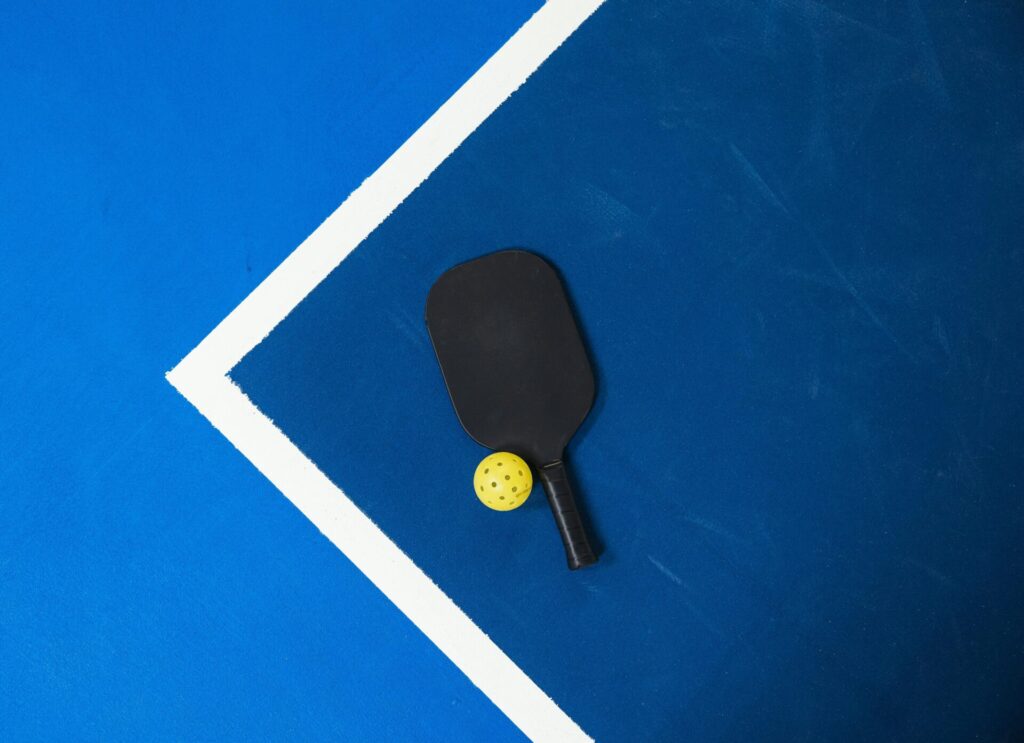
Transform Student Fitness and Engagement with Pickleball
The rise of pickleball in schools is more than just a passing trend—it’s a movement that promotes fitness, inclusivity, and fun for students across all skill levels. With its low barriers to entry, exciting gameplay, and significant physical and mental health benefits, pickleball is a game-changer for school sports programs.
Are you ready to make pickleball part of your school’s curriculum? Share your experiences, or contact us for more tips and resources on integrating pickleball into your program. Together, we can empower students to lead healthier, more active lives through this remarkable sport.



